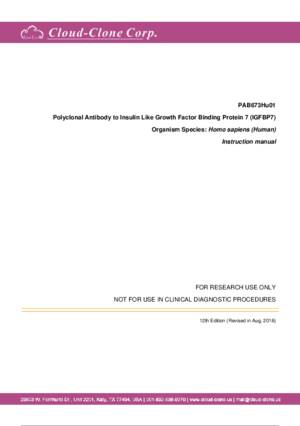Polyclonal Antibody to Insulin Like Growth Factor Binding Protein 7 (IGFBP7)
FSTL2; IGFBP-7v; MAC25; PSF; TAF; IGFBP-rP1; MAC25 protein; Prostacyclin-stimulating factor; PGI2-stimulating factor; Tumor-derived adhesion factor
- Product No.PAB673Hu01
- Organism SpeciesHomo sapiens (Human) Same name, Different species.
- SourcePolyclonal antibody preparation
- HostRabbit
- Potencyn/a
- Ig Type IgG
- PurificationAntigen-specific affinity chromatography followed by Protein A affinity chromatography
- LabelNone
- Immunogen RPB673Hu01-Recombinant Insulin Like Growth Factor Binding Protein 7 (IGFBP7)
- Buffer FormulationPBS, pH7.4, containing 0.02% NaN3, 50% glycerol.
- TraitsLiquid
- Concentration500µg/mL
- Organism Species Moren/a
- ApplicationsWB; IHC; ICC; IP.
If the antibody is used in flow cytometry, please check FCM antibodies. - DownloadInstruction Manual
- UOM 20µl100µl 200µl 1ml 10ml
- FOB
US$ 100
US$ 232
US$ 332
US$ 830
US$ 3320
For more details, please contact local distributors!
SPECIFITY
The antibody is a rabbit polyclonal antibody raised against IGFBP7. It has been selected for its ability to recognize IGFBP7 in immunohistochemical staining and western blotting.
USAGE
Western blotting: 0.5-2µg/mL;
Immunohistochemistry: 5-20µg/mL;
Immunocytochemistry: 5-20µg/mL;
Optimal working dilutions must be determined by end user.
STORAGE
Store at 4°C for frequent use. Stored at -20°C in a manual defrost freezer for two year without detectable loss of activity. Avoid repeated freeze-thaw cycles.
STABILITY
The thermal stability is described by the loss rate. The loss rate was determined by accelerated thermal degradation test, that is, incubate the protein at 37°C for 48h, and no obvious degradation and precipitation were observed. The loss rate is less than 5% within the expiration date under appropriate storage condition.
GIVEAWAYS
INCREMENT SERVICES
-
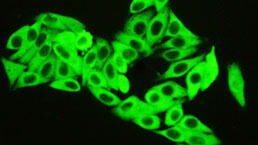 Antibody Labeling Customized Service
Antibody Labeling Customized Service
-
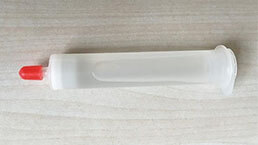 Protein A/G Purification Column
Protein A/G Purification Column
-
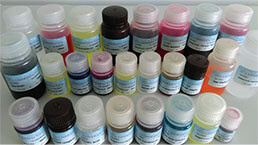 Staining Solution for Cells and Tissue
Staining Solution for Cells and Tissue
-
 Positive Control for Antibody
Positive Control for Antibody
-
 Tissue/Sections Customized Service
Tissue/Sections Customized Service
-
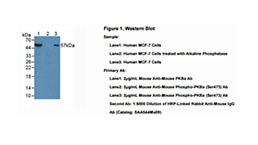 Phosphorylated Antibody Customized Service
Phosphorylated Antibody Customized Service
-
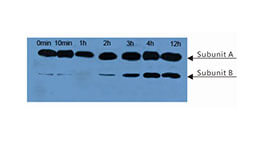 Western Blot (WB) Experiment Service
Western Blot (WB) Experiment Service
-
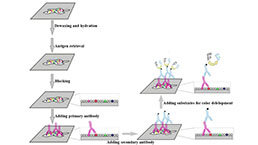 Immunohistochemistry (IHC) Experiment Service
Immunohistochemistry (IHC) Experiment Service
-
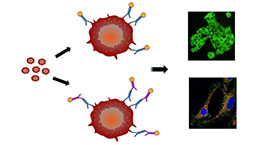 Immunocytochemistry (ICC) Experiment Service
Immunocytochemistry (ICC) Experiment Service
-
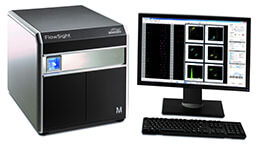 Flow Cytometry (FCM) Experiment Service
Flow Cytometry (FCM) Experiment Service
-
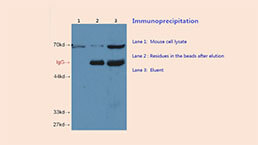 Immunoprecipitation (IP) Experiment Service
Immunoprecipitation (IP) Experiment Service
-
 Immunofluorescence (IF) Experiment Service
Immunofluorescence (IF) Experiment Service
-
 Buffer
Buffer
-
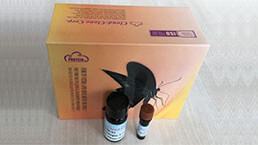 DAB Chromogen Kit
DAB Chromogen Kit
-
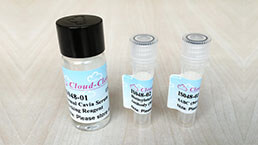 SABC Kit
SABC Kit
-
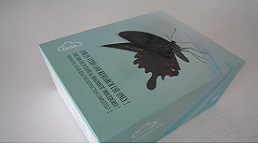 Long-arm Biotin Labeling Kit
Long-arm Biotin Labeling Kit
-
 Real Time PCR Experimental Service
Real Time PCR Experimental Service
| Magazine | Citations |
| PLoS One | Role of IGFBP7 in Diabetic Nephropathy: TGF-β1 Induces IGFBP7 via Smad2/4 in Human Renal Proximal Tubular Epithelial Cells Pubmed:26974954 |
| PLOS ONE | Role of IGFBP7 in Diabetic Nephropathy: TGF-β1 Induces IGFBP7 via Smad2/4 in Human Renal Proximal Tubular Epithelial Cells. pubmed:26974954 |
| Journal of Alzheimers Disease | Urine-Based Biomarkers for Alzheimer's Disease Identified Through Coupling Computational and Experimental Methods Pubmed:30040720 |
| Cancers (Basel). | IGFBP7 Drives Resistance to Epidermal Growth Factor Receptor Tyrosine Kinase Inhibition in Lung Cancer Pubmed: 30609749 |
| Advances in Medical Sciences | Insulin-like growth factor-binding protein 7 (IGFBP 7) as a new biomarker in coronary heart disease Pubmed: 30769262 |
| PLoS One | Altered insulin-like growth factor-2 signaling is associated with psychopathology and cognitive deficits in patients with schizophrenia Pubmed: 32191705 |
| Scientific reports | Discovery of novel biomarkers for atherosclerotic aortic aneurysm through proteomics-based assessment of disease progression Pubmed: 32286426 |
| Genet Med | SNORD116 and growth hormone therapy impact IGFBP7 in Prader¨CWilli syndrome 34040195 |
| Sci Rep | Biomarkers of persistent renal vulnerability after acute kidney injury recovery 34707157 |
| Biomolecules | IGFBP7 Concentration May Reflect Subclinical Myocardial Damage and Kidney Function in Patients with Stable Ischemic Heart Disease Pubmed:35204773 |
| Biomolecules | Insulin-Like Growth Factor-Binding Protein 7 (IGFBP-7)—New Diagnostic and Prognostic Marker in Symptomatic Peripheral Arterial Disease?—Pilot Study Pubmed:35625639 |



